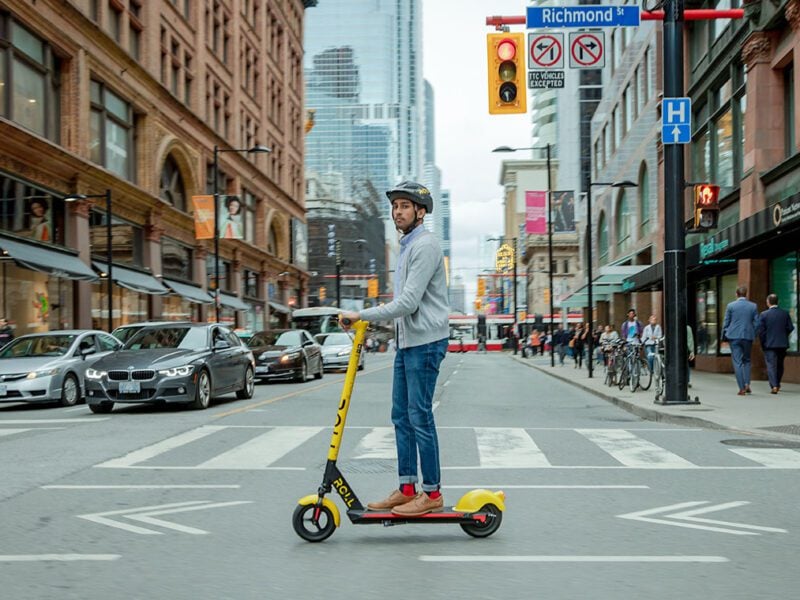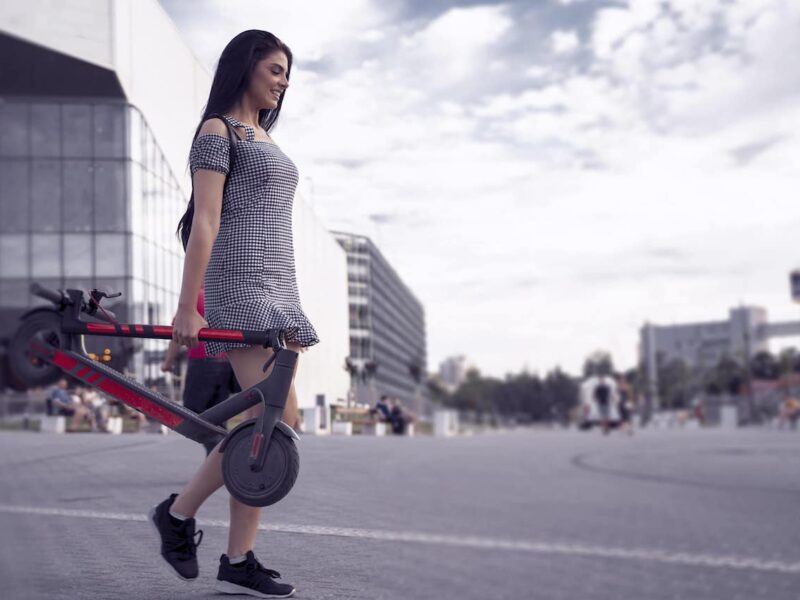
Hoverboards vs. Electric Scooters: Which Is Better?
If you are a person who travels a lot, you might be looking for a vehicle to save time and energy. In this article, I will explore the difference between these two scooter types and their pros and cons.
In order to decide which one is best for you, let’s take a look at the advantages and disadvantages of these two modes of transportation. The hoverboard has a speed of 18mph while the scooter can reach speeds up to 22mph. The hoverboard is more expensive than the scooter because it requires more technology to operate. The weight limit on the board is 220 pounds while there is no weight limit for the scooters.
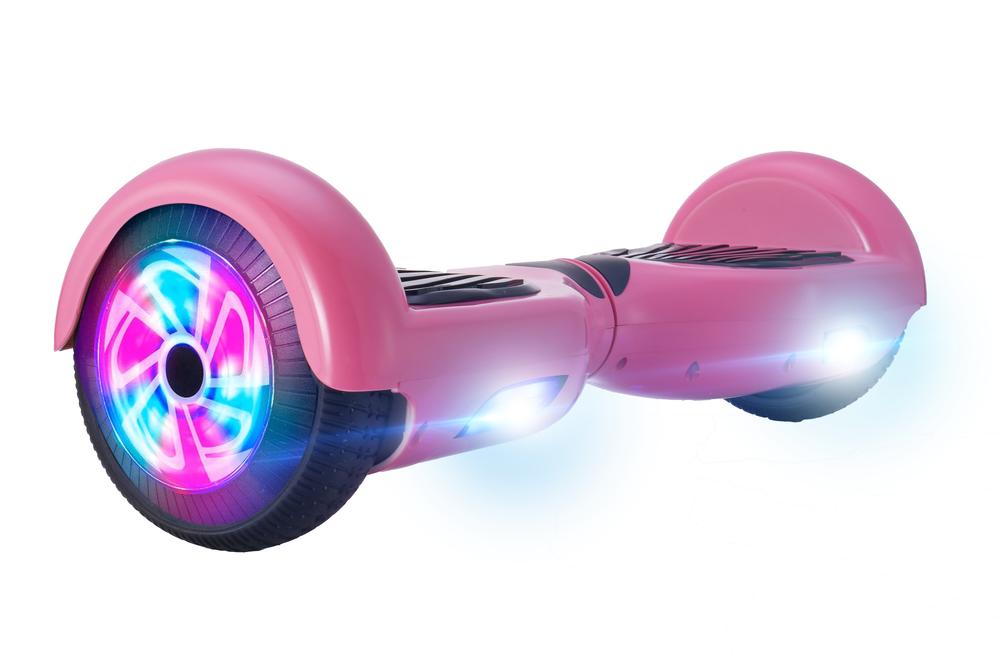
Introduction: Everything You Need to Know About Hoverboards and Electric Scooters
The world is quickly progressing into the future of technology. Companies are always coming up with new technologies that will make our lives easier. Electric scooters and hoverboards are no exception to that.
Electric scooters provide mobility, but they also provide convenience by not requiring any fuel to function. They can be charged through an outlet or your car which means you don’t have to worry about filling up gas or even looking for a parking spot! Scooters can be used for both personal and commercial use, so there is no limit to how many you can ride at one time.
Hoverboards function much like skateboards because the user stands on the board while it’s rolling on it’s wheels, but they are powered by an internal motor.
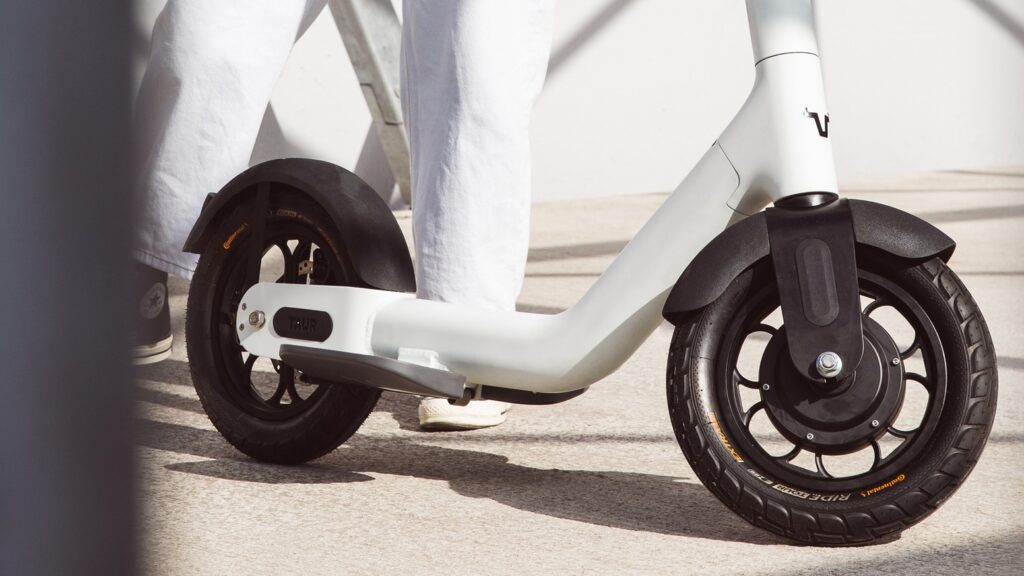
What’s the Difference Between a Self-balancing Scooter and a Hoverboard?
A self-balancing scooter is a device that has two wheels and has a handlebar for the rider to hold. The rider can turn the scooter on and balance themselves with it. It is also called a “hoverboard” because it balances itself when in use.
Hoverboards do not have any handlebars and instead rely on users balancing themselves when they are riding them. Hoverboards and scooters are two excellent modes of transportation. Hoverboards can be used indoors and outdoors. They’re also faster than most scooters.
However, the biggest drawback is you can’t lean on them like a traditional scooter which can make it difficult to control at times. Scooters, on the other hand, are not as fast as hoverboards but they’re more stable and easier to control because you can push off with your feet while riding one.
Key Differences
There are some distinct qualities that separate hoverboards from scooters. Hoverboards are most often powered by electricity, which is charged by an outlet. Scooters are battery operated, and the batteries can be charged in a variety of ways depending on the make of the scooter. Hoverboards have a smooth surface with no grip tape, while scooters have traction for riders to keep their balance while they ride.
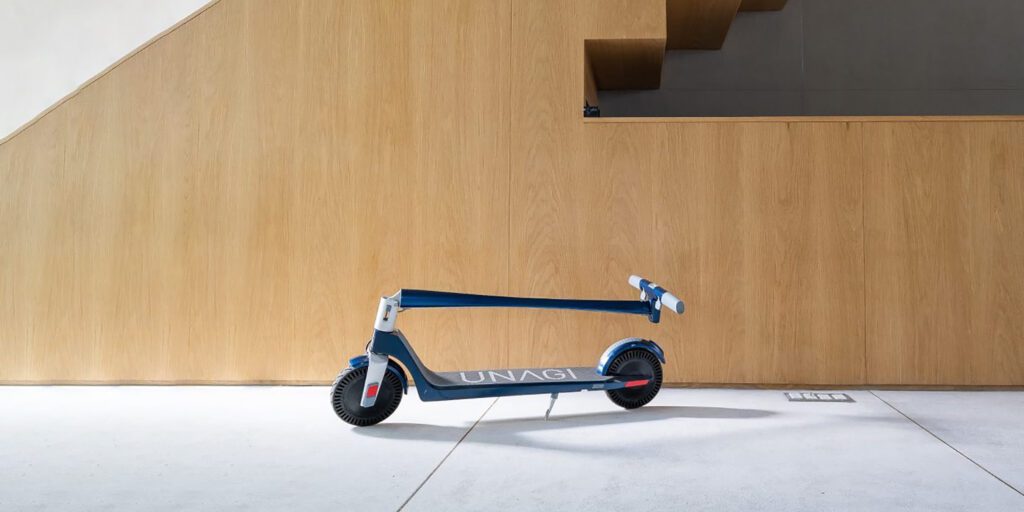
How Much More Likely Are You to Get Into an Accident with a Scooter?
Many people are switching from automobiles to scooters for their daily routines due to the convenience and the cost. But, this convenience is not without its risks.
The most common question on most people’s minds is, “How much more likely is it that I will get into an accident with a scooter?”
I’m going to answer this question by discussing data from the National Highway Traffic Safety Administration (NHTSA) and the Insurance Institute for Highway Safety (IIHS). These two organizations conduct extensive research on vehicle safety in order to help consumers make educated decisions.
I am then going to discuss what factors contribute to accidents in general, with or without a scooter, in order to provide context for what is covered in this article.
Hoverboards are often used as a generic term to describe any type of personal transporter that has a wheel at the end of each foot, including skateboards, Segways, and even electric bicycles. However, hoverboards are usually distinguished from other devices because they have two wheels on the bottom instead of four.
Whereas scooters are typically considered to be any type of vehicle with two or three wheels. This includes kick scooters, electric scooters, and even mopeds. Scooters are also often distinguished from other types of vehicles because they lack handles.

Drawbacks of a Hoverboard Over a Scooter
The short answer is that there are no drawbacks of a hoverboard over a scooter. They both have the same characteristics with the exception of one key difference, they are not on the road.
A hoverboard can be used anywhere, but it is illegal to use them on bike paths and sidewalks. They can also be used in places where a scooter would not be allowed to go, such as grassy areas and dirt roads.
The only potential drawback of a hoverboard is that they take more skill to ride than a scooter does, but this will get better with experience.
By the way, one of the two most popular products today is hoverboards and the other is popsockets.

Conclusion
Hoverboards and electric scooters are at the same level of popularity.
A hoverboard is a type of self-balancing board that utilizes two motors to move the board quickly in any direction or turn. A scooter is a personal vehicle that often resembles a bicycle, consisting of two wheels and an area to stand on.
Electric Scooters are more expensive than hoverboards, but they offer better features and make the rider more efficient and faster than on a hoverboard.
Both the hoverboard and the scooter are great for different reasons. It is up to you to decide which one fits your lifestyle better.






